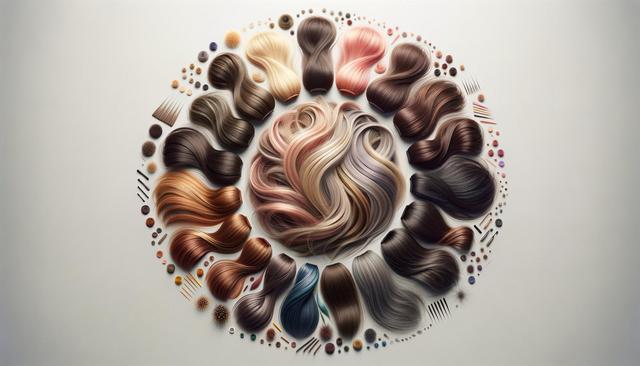
Understanding Hair Systems: A Modern Solution for Hair Loss
What Is a Hair System?
A hair system, often referred to as a non-surgical hair replacement, is a customized hairpiece designed to cover areas of thinning or baldness. These systems are typically made from either human hair or synthetic fibers and are attached to the scalp using various methods such as adhesive, clips, or tape. Unlike wigs, which cover the entire scalp, hair systems are tailored to blend seamlessly with the wearer’s existing hair, offering a more natural appearance.
Hair systems have evolved significantly in recent years, with improvements in materials, design, and attachment methods. As a result, they are now more breathable, lightweight, and realistic than ever before. Whether someone is dealing with partial hair loss or complete baldness, there is a wide range of options available to suit different needs and lifestyles.
Types of Hair Systems
There are several types of hair systems available, each suited to different preferences and levels of hair loss. Choosing the right type depends on factors such as desired appearance, maintenance level, and budget. The most common types include:
- Base Materials: These include lace, polyurethane (skin), or a combination of both. Lace offers breathability, while skin bases provide a realistic scalp appearance.
- Hair Type: Hair systems can be made from synthetic fibers or real human hair. Human hair systems offer a more natural look and feel but require more maintenance.
- Attachment Methods: Options range from tapes and glues to clip-in systems, depending on how permanent or temporary the user wants the solution to be.
Each type has its own benefits and trade-offs. For instance, lace bases are known for their comfort, while skin bases excel in visual realism. Understanding these differences helps individuals make an informed decision.
Maintenance and Care
Proper care and maintenance are essential to extend the lifespan of a hair system and keep it looking its best. Regular cleaning, conditioning, and careful handling can prevent damage and maintain the appearance of the hairpiece. Maintenance routines vary based on the type of system and the materials used.
- Cleaning: Use sulfate-free shampoos and gentle conditioners to clean the hair system without causing damage.
- Styling: Avoid excessive heat styling, and use products specifically designed for hair systems to maintain texture and prevent buildup.
- Storage: When not in use, store the hair system on a stand or mannequin head to retain its shape and prevent tangling.
Routine appointments with a specialist can also be beneficial for professional cleaning and adjustments. With consistent care, a high-quality hair system can remain in excellent condition for several months.
Benefits of Using a Hair System
Hair systems offer a range of advantages for those experiencing hair loss, especially compared to other solutions such as surgical procedures or medication. These benefits make them a popular and accessible option for many individuals:
- Non-Invasive: No surgery is required, which eliminates risks associated with medical procedures.
- Immediate Results: Once applied, a hair system provides instant coverage and a full head of hair.
- Customizable: Hair systems can be tailored to match the wearer’s natural hair color, texture, and density for a seamless look.
- Reversible: Users can remove or change the system as desired, offering flexibility without long-term commitment.
For many users, the greatest benefit is the confidence boost that comes with restoring their appearance. A well-fitted and styled hair system can significantly improve self-esteem and social comfort.
Choosing the Right Hair System
Finding the right hair system involves more than selecting a style. It requires careful consideration of lifestyle, budget, and personal preferences. Consulting with a hair system specialist is often the best first step, as they can provide expert advice tailored to individual needs.
- Lifestyle: Active individuals may prefer more secure attachment methods, while others may prioritize comfort and ease of removal.
- Budget: Costs can vary widely depending on the type of hair, base material, and customization level. It’s essential to factor in ongoing maintenance expenses as well.
- Appearance Goals: Some may want a dramatic transformation, while others aim for subtle enhancement. Hair systems can accommodate both ends of the spectrum.
Trial periods or temporary systems can also be useful for those new to hair systems, allowing them to explore different options before making a long-term commitment. With the right guidance, users can achieve a look that feels both natural and empowering.
Conclusion: A Personalized Approach to Hair Restoration
Hair systems offer a practical and effective solution for individuals looking to address hair loss without undergoing invasive procedures. With a wide variety of styles, materials, and customization options, they can be tailored to meet diverse needs and preferences. By understanding the types available, proper care requirements, and the benefits they offer, users can make confident decisions that align with their lifestyle and goals. Whether you’re seeking a subtle change or a complete transformation, a well-chosen hair system can help restore not just hair—but also confidence and self-assurance.

